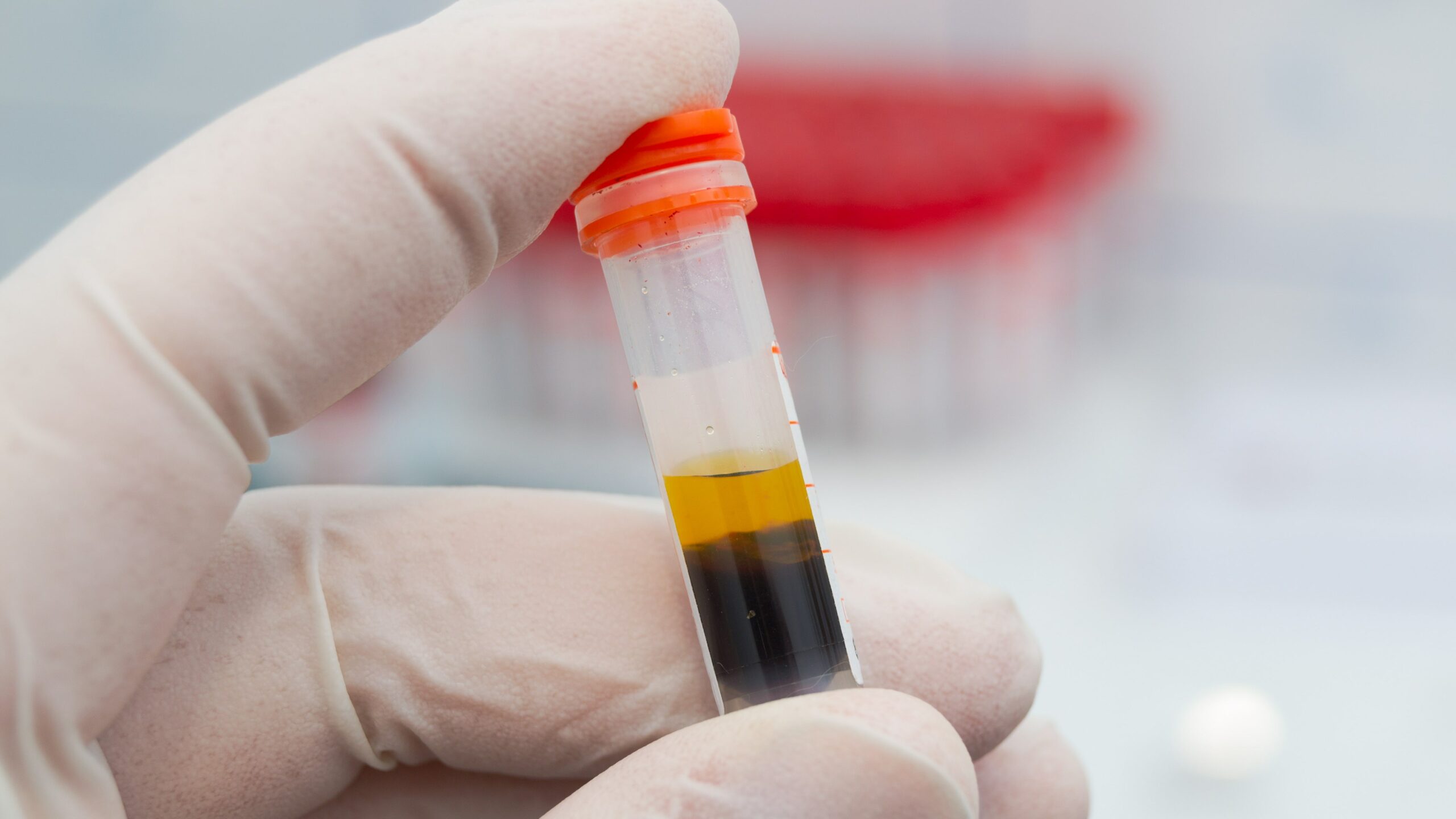
Children and adolescents with autosomal dominant polycystic disease (ADPKD) represent a growing target population for the development of new treatment options. According to Pieter Schellekens, MD, and colleagues, the promising new interventional therapies require determination of a reliable equation for estimated glomerular filtration rate (eGFR) from early stages of ADPKD.
The researchers conducted a prospective and longitudinal study comparing commonly used equations for eGFR for their relative performance in a cohort of 68 genotyped patients 0 to 23 years of age with ADPKD. Results were reported in Pediatric Nephrology [doi.org/10.1007/s00467-023-05926-w].
The revised Schwartz formula (Chronic Kidney Disease in Children [CKiD]) demonstrated a highly significant decline in eGFR with aging (–3.31 mL/min/1.73 m2 per year; P<.0001). In the recently updated Schwartz equation (CKiDU25), there was a smaller but still significant decline in eGFR with aging (P=.001) as well as a significant difference by sex (P<.0001); differences not observed with the other equations.
There was no age and sex dependency with the full-age-spectrum (FAS) equations (serum creatinine-based FAS, the cystatin C-based FAS, and the combined FAS equations).
The prevalence of hyperfiltration was highly dependent on the formula used. The CKiD equation was associated with the highest prevalence of hyperfiltration (35%).
In summary, the authors said, “The most widely used methods to calculate eGFR in ADPKD children (CKID and CKiDU25 equations) were associated with unexpected age or sex differences. The FAS equations were age- and sex-independent in our cohort. Hence, the switch from the CKiD to [Chronic Kidney Disease-Epidemiology Collaboration] equation at the transition from pediatric to adult care causes implausible jumps in eGFR, which could be misinterpreted. Having reliable methods to calculate eGFR is indispensable for clinical follow-up and clinical trials.”






 © 2025 Mashup Media, LLC, a Formedics Property. All Rights Reserved.
© 2025 Mashup Media, LLC, a Formedics Property. All Rights Reserved.